Table of Contents
Introduction to Grains of Paradise
Grains of paradise (Aframomum melegueta) is a West African spice with a distinctive peppery, citrusy, and slightly sweet flavor profile. Used for centuries in global cuisines, it enhances both sweet and savory dishes with its complex aroma and versatility.
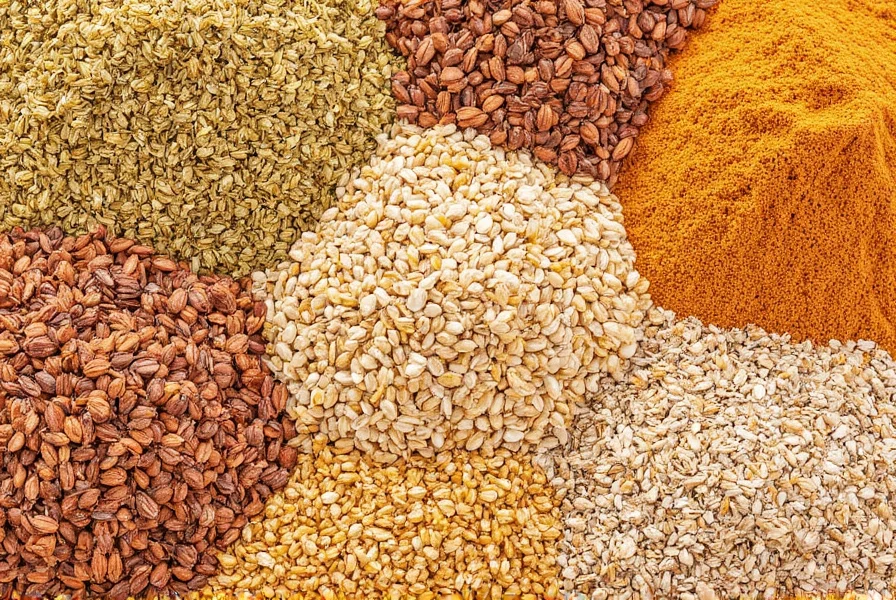
What Is Grains of Paradise?
Grains of paradise (Aframomum melegueta) is a spice derived from the seeds of a plant native to West Africa. Historically traded by ancient merchants, it was once a key ingredient in medieval European cuisine before fading into obscurity. Today, it is experiencing a revival due to its unique flavor and culinary flexibility.
| Spice | Origin | Flavor Profile | Common Use |
|---|---|---|---|
| Grains of Paradise | West Africa | Peppery, citrusy, slightly sweet | Meats, stews, baked goods |
| Cardamom | India, Sri Lanka | Warm, floral, slightly sweet | Baked goods, coffee, desserts |
| Cinnamon | Sri Lanka | Sweet, warm, woody | Baking, beverages, savory dishes |
| Paprika | Central America | Smoky, sweet, spicy | Stews, rubs, sauces |
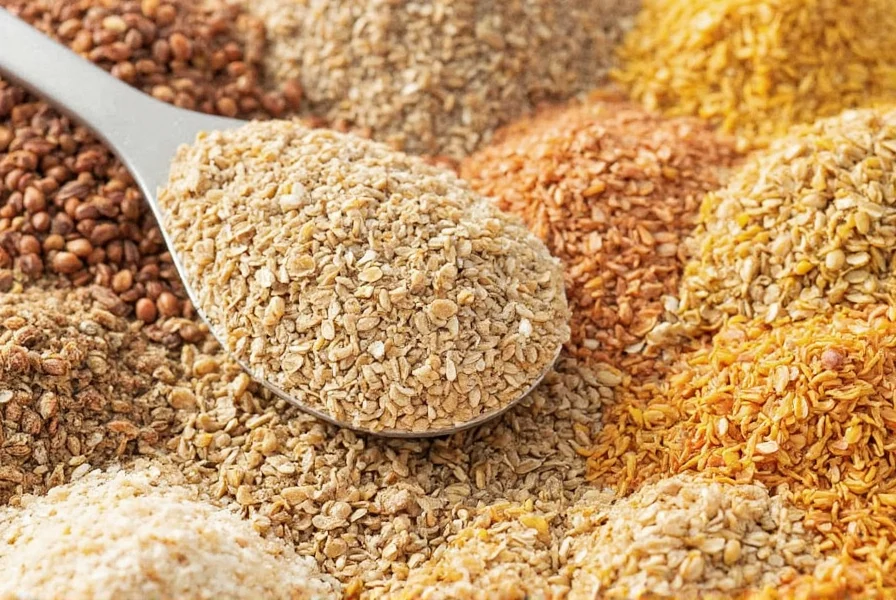
Flavor Profile and Culinary Uses
Grains of paradise delivers a complex flavor: sharp peppery notes upfront, followed by bright citrus zest and a subtle sweetness. This unique combination makes it ideal for adding depth to diverse dishes without overpowering other ingredients.
Key culinary applications include:
- Roasted meats: Sprinkle over chicken or beef for a zesty, aromatic finish that enhances natural flavors.
- Stews and soups: Add crushed grains for warm, spiced depth that complements root vegetables and legumes.
- Baked goods: Incorporate into breads, cakes, or cookies for a sophisticated twist on traditional recipes.
- Drinks: Infuse into coffee, tea, or cocktails for a surprising burst of complexity.
- Marinades: Blend with olive oil, garlic, and herbs to create bold, flavorful coatings for fish or vegetables.
It pairs exceptionally well with citrus, dark chocolate, and aged cheeses, making it a versatile addition to any spice rack.
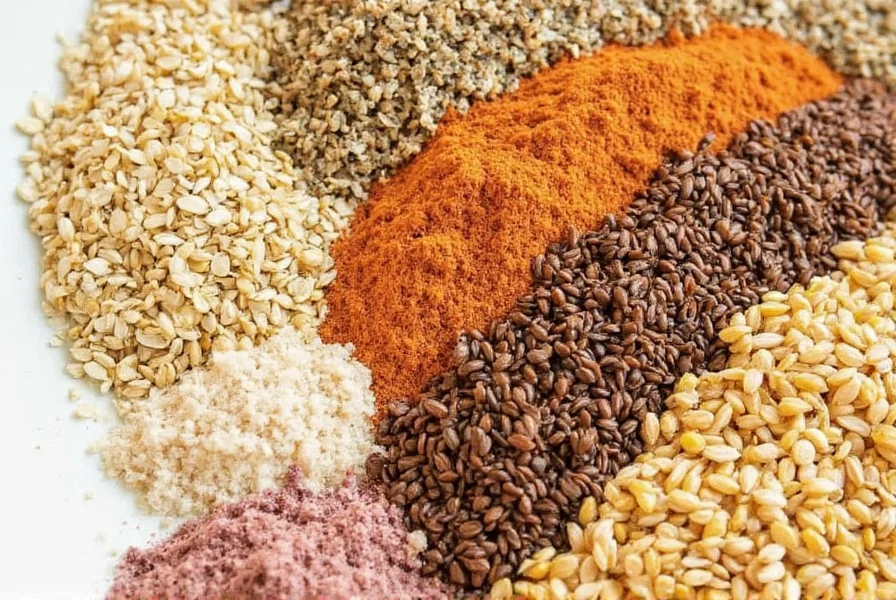
Cooking Tips with Grains of Paradise
To maximize the flavor potential of grains of paradise, follow these expert techniques:
- Use sparingly: Start with 1/8 teaspoon per serving; its potency means a little goes a long way.
- Toast whole seeds: Lightly toast in a dry pan before grinding to release essential oils and intensify aroma.
- Grind fresh: Use a mortar and pestle or spice grinder for optimal flavor release; pre-ground versions lose potency quickly.
- Strategic pairing: Combine with complementary ingredients like honey, lemon zest, or smoked paprika for balanced complexity.
- Experiment boldly: Try it in unexpected applications—such as a glaze for salmon or a spice rub for roasted carrots—to discover new flavor dimensions.
For example, adding a pinch to lemon-roasted chicken creates a bright, layered taste, while a teaspoon in chocolate cake adds a warm, nutty undertone that elevates the dessert.
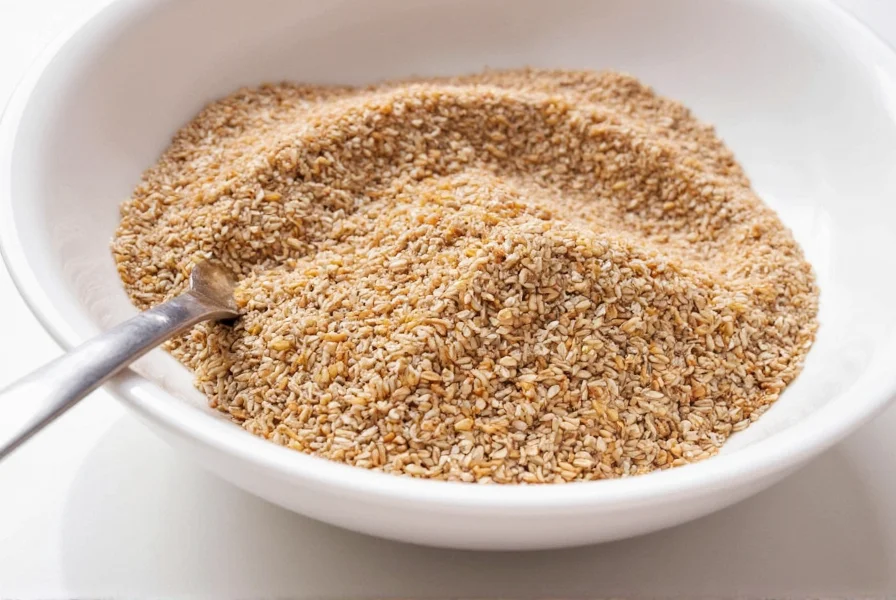
The Ultimate Buying Guide for Grains of Paradise
Selecting high-quality grains of paradise ensures maximum flavor and freshness. Consider these key factors:
Forms and Selection Criteria
Grains of paradise is available as whole seeds or ground powder:
- Whole seeds: Ideal for toasting and grinding at home; retain freshness longer and offer superior flavor control.
- Ground powder: Convenient for quick recipes but loses potency faster; choose products with recent harvest dates.
Key Quality Indicators
- Source transparency: Look for organic certification and ethical sourcing information from reputable suppliers.
- Freshness indicators: Check for harvest dates or best-by labels; avoid products without clear freshness information.
- Packaging quality: Opt for airtight, light-resistant containers to preserve volatile oils and prevent oxidation.
- Flavor consistency: Reputable brands specify flavor notes (e.g., "citrus-forward" or "peppery-dominant") to match your culinary needs.
Top Product Recommendations
Based on rigorous quality assessments of flavor, freshness, and sourcing:
1. Organic Grains of Paradise Seeds
- Features: 100% organic, single-origin West African sourcing, no additives or fillers.
- Advantages: Perfect for home grinding; retains peak flavor for up to 12 months when stored properly.
- Best for: Baking, roasting, and custom spice blends where precise flavor control is essential.
2. Ground Grains of Paradise
- Features: Fine grind, vacuum-sealed packaging, harvested within the past 6 months.
- Advantages: Ready-to-use convenience without sacrificing quality; ideal for quick seasoning needs.
- Best for: Weeknight cooking, soups, stews, and sauces where time is limited.
3. Grains of Paradise & Cinnamon Blend
- Features: Balanced 3:1 ratio of grains of paradise to cinnamon, organic certification.
- Advantages: Simplifies complex flavor combinations; enhances both sweet and savory dishes with minimal effort.
- Best for: Holiday baking, spiced beverages, and creative culinary experiments.
For optimal results, prioritize whole seeds for maximum freshness and versatility. Ground versions are suitable for immediate use but should be stored in cool, dark places to maintain potency.
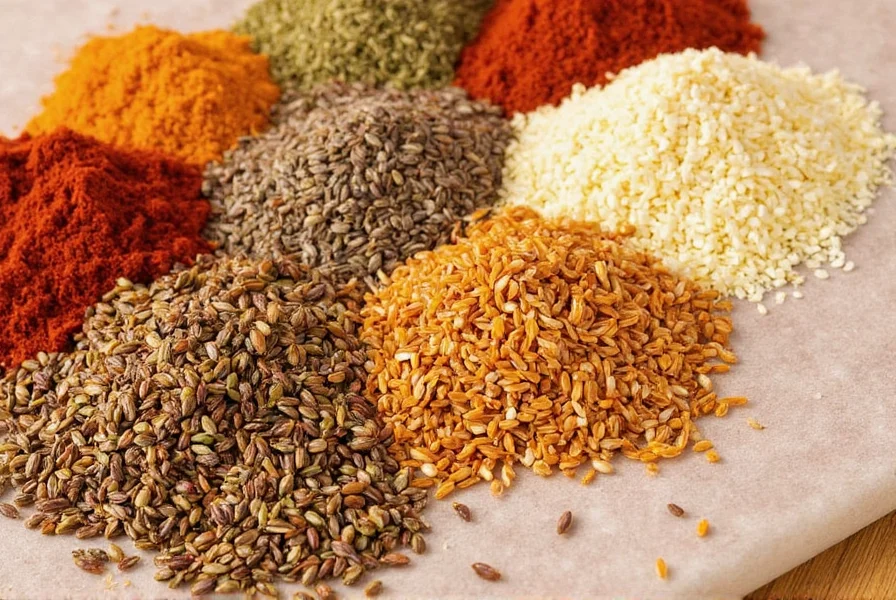
Conclusion
Grains of paradise is a culinary powerhouse that transforms ordinary dishes into extraordinary experiences. Its unique peppery-citrus profile adds depth to everything from roasted vegetables to chocolate desserts, making it an indispensable spice for adventurous cooks.
Whether you're a seasoned chef or a home cook exploring new flavors, this versatile spice offers endless possibilities. Start small, experiment confidently, and discover how grains of paradise can elevate your cooking to new heights.
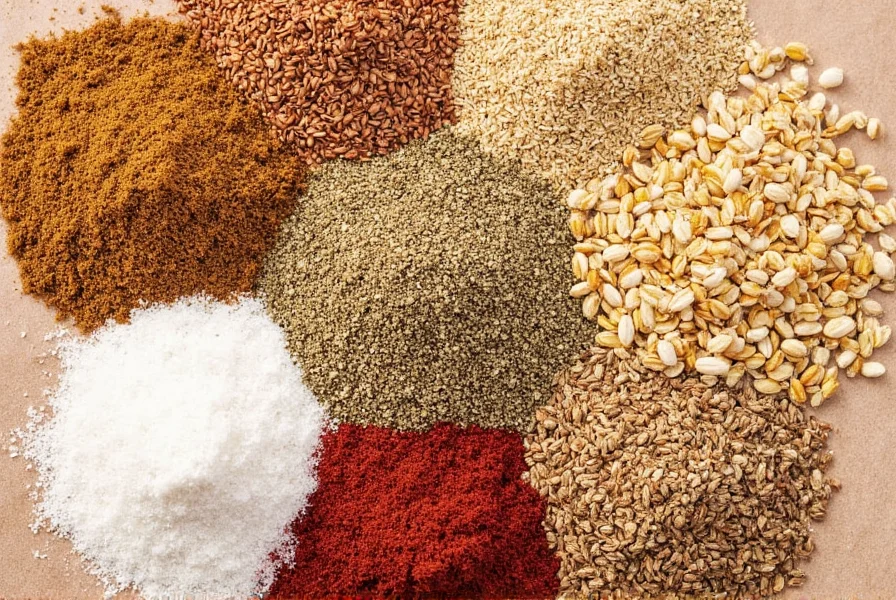

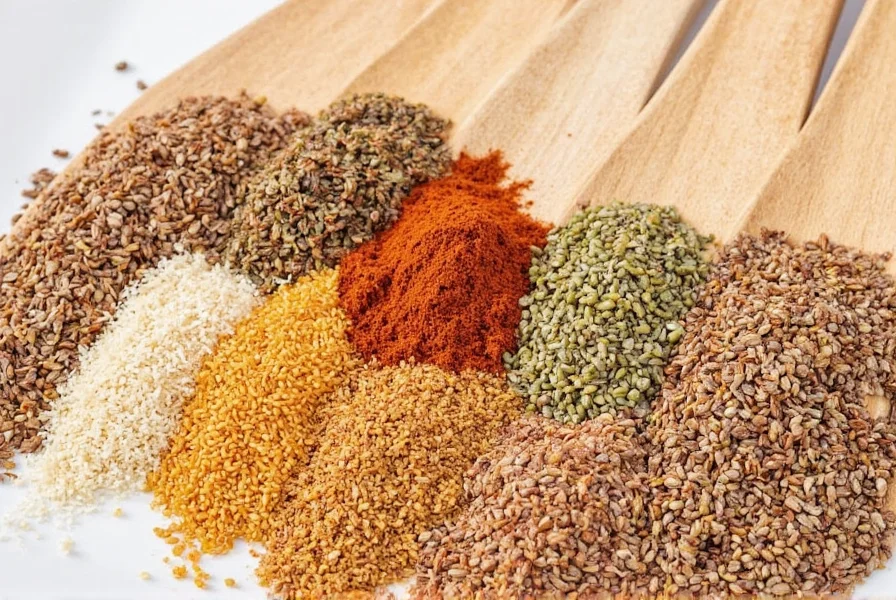









 浙公网安备
33010002000092号
浙公网安备
33010002000092号 浙B2-20120091-4
浙B2-20120091-4